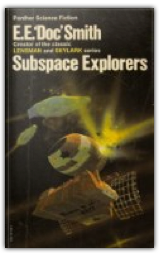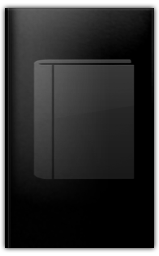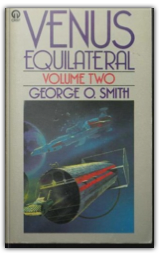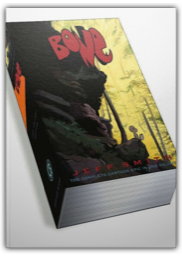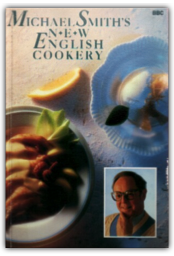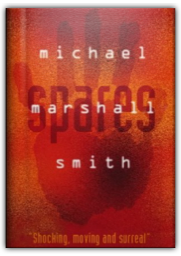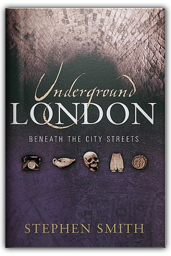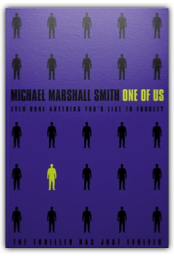 One of Us
Michael Marshall Smith
One of Us
Michael Marshall Smith
If you like the brain-stretching work of William Gibson (author of Neuromancer) and Philip K. Dick (author of Do Androids Dream of Electric Sleep?, which was the basis for Blade Runner), you'll feel right at home with this latest futuristic thriller from the author of the well-received Spares (available in paperback). It's 2017, and the first time we meet Hap Thompson he's being hassled in a bar in Ensenada by his alarm clock, which not only talks but walks and has a bad attitude. Hap, a prodigious computer hacker with a pretty bad attitude himself, works for an outfit called REMtemps, which offers a unique service—removing clients' bad dreams by sucking them into the heads of paid professionals. (Could Smith have been influenced at all by the title of one of Dick's best stories, "I Can Dream It for You Wholesale"?) Unfortunately, one of the bad dreams Hap is called on to swallow involves a real murder, and the search for the woman who dreamed it in the first place takes him—and us—on a literally mind-bending journey of scientific and philosophic discovery. But there's plenty of action, gadgetry, and snappy noir dialogue to make it all go down easily. —Dick Adler 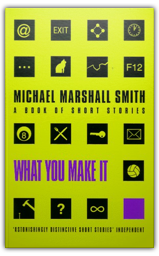 What You Make It
Michael Marshall Smith
What You Make It
Michael Marshall Smith
There are those SF readers who resent the authors and publishers who attempt to downplay the genre aspects of their books to grant them more mainstream credibility. This resentment is fair enough, in that no one need be ashamed of creating a top-notch SF novel. But these readers will be doing themselves a great disservice if they do not pick up Michael Marshall Smith's superb collection of short stories What You Make It merely because the jacket has been designed to suggest mainstream fiction without the slightest SF association. |
 Made with Delicious Library
Made with Delicious Library
London, State zipflap congrotus delicious library Scott, Mike
